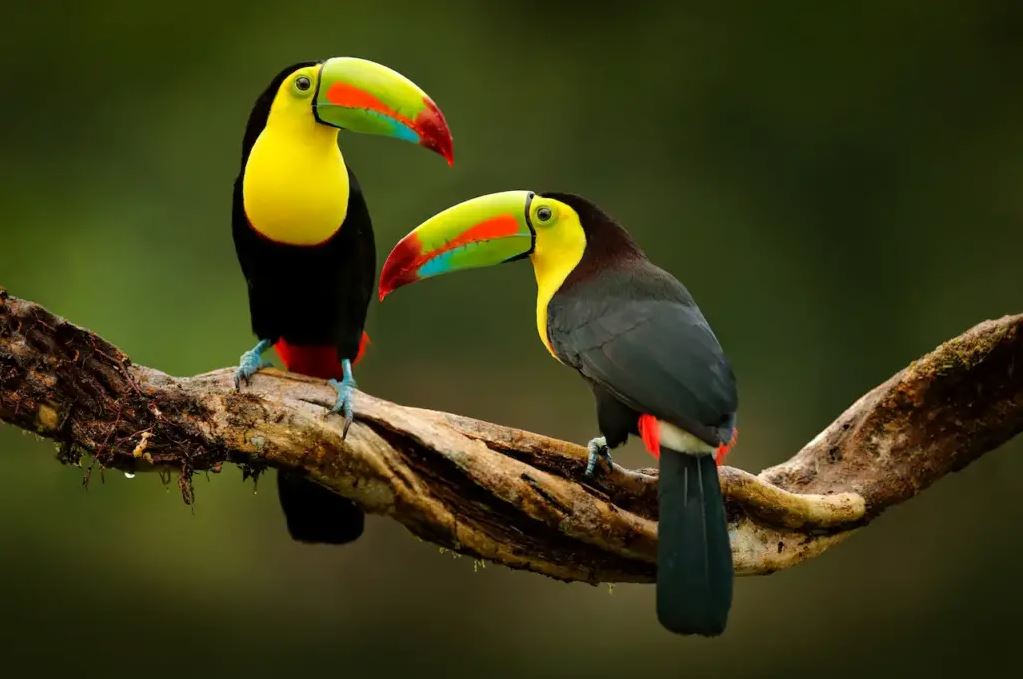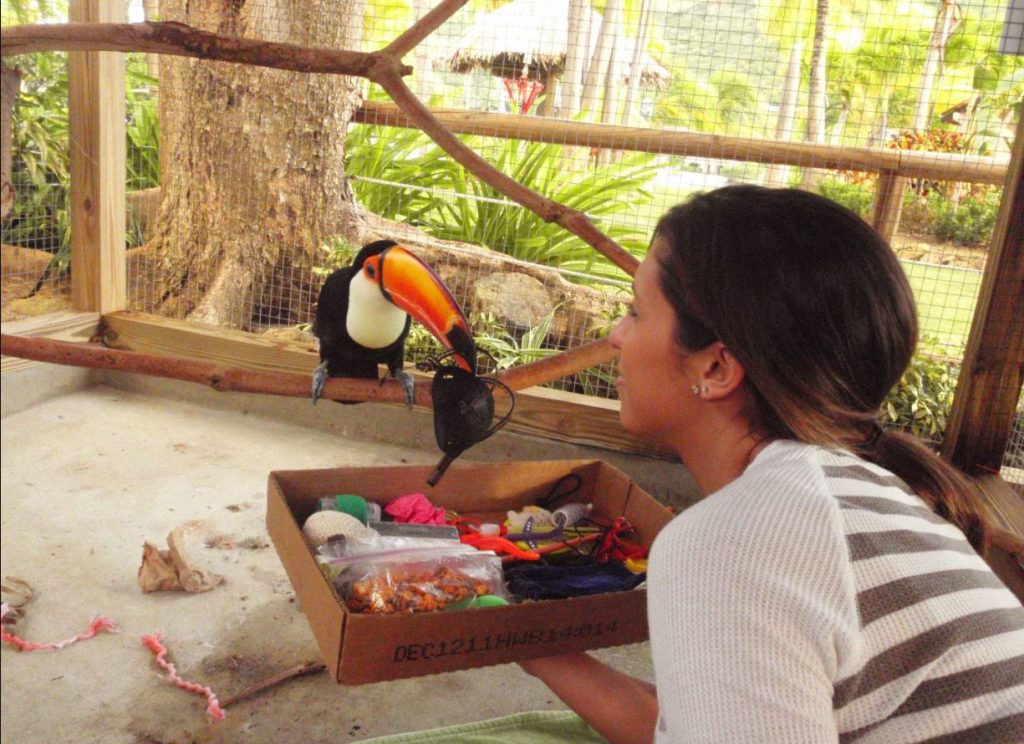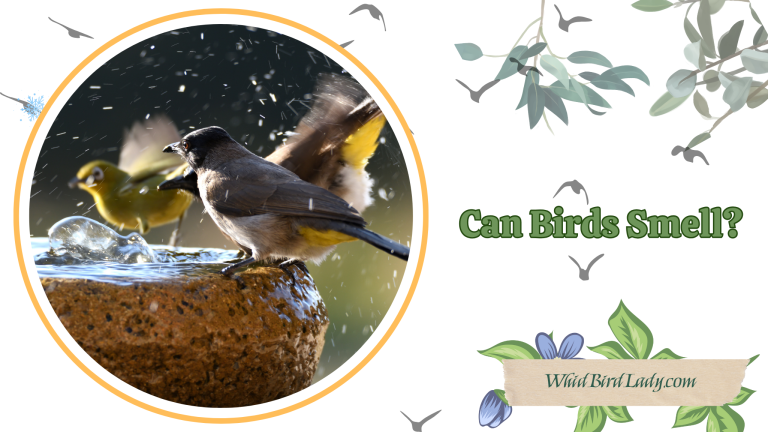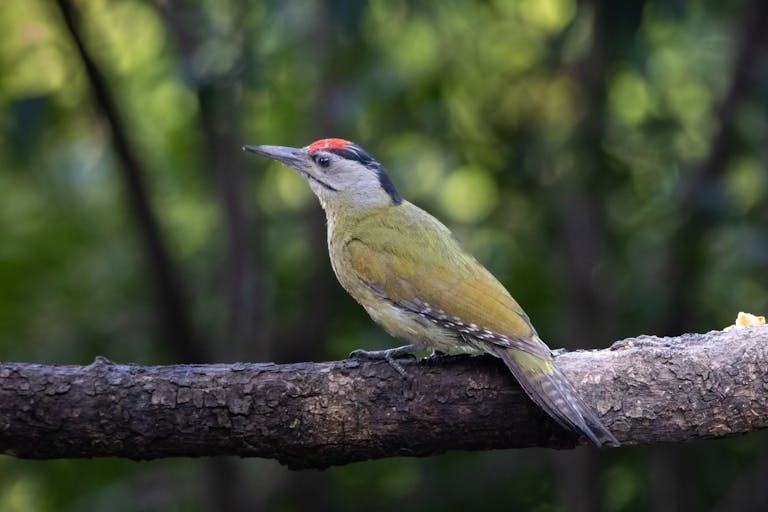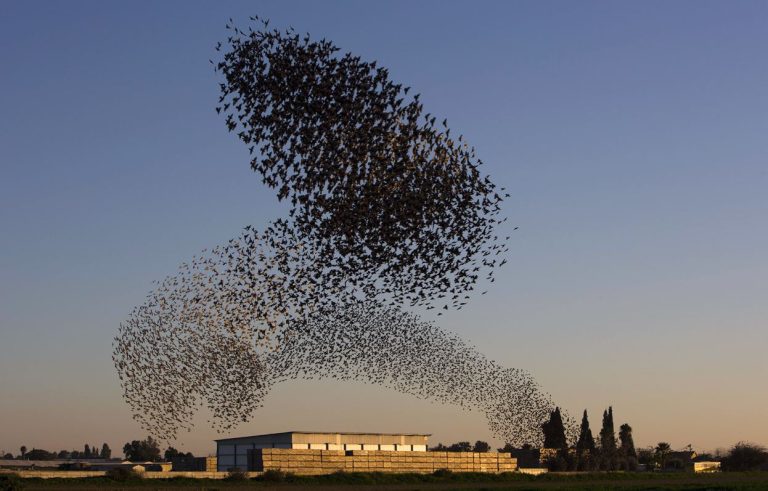How Long Do Toucans Live? Discover the Secrets Behind Their Lifespan
By Rifat Ahmed, Birdwatching Enthusiast with 13 Years of Experience
Colorful, charismatic, and instantly recognizable by their enormous bills, toucans are among the most iconic birds in the tropical forests of Central and South America. But while most people are captivated by their appearance, I often get asked a more curious question: “How long do toucans live?”
In this article, I’ll answer that in detail—drawing from scientific research, expert resources like All About Birds, and my own 13+ years of birdwatching experience. Whether you’re a bird lover, a prospective toucan owner, or just fascinated by wildlife, you’ll learn everything there is to know about toucan lifespan, both in the wild and captivity.
Quick Answer: Average Toucan Lifespan
Toucans typically live:
- In the wild: 12 to 20 years
- In captivity: Up to 25 years or more (with proper care)
But the story isn’t as simple as numbers. Many factors influence how long toucans live—from their species and environment to threats like deforestation, disease, and even diet.
Different Species, Different Lifespans
There are over 40 species of toucans across Latin America, and while they share similar features, their lifespans can vary slightly.
Here’s a quick breakdown of lifespan by species:
| Species | Average Lifespan (Wild) | Average Lifespan (Captivity) |
|---|---|---|
| Keel-billed Toucan | 15–20 years | 20–25+ years |
| Toco Toucan | 12–20 years | 18–25 years |
| Channel-billed Toucan | 15–18 years | 20+ years |
| Aracari (e.g., Green, Curl-crested) | 10–15 years | 15–20 years |
The Toco Toucan (Ramphastos toco), the largest and perhaps most well-known species, is often cited as having one of the longest lifespans in captivity due to its popularity in aviculture and zoos.
What Impacts a Toucan’s Lifespan?
Let’s break down the key factors that affect how long toucans live.
1. Habitat and Environment
In the wild, toucans rely on dense tropical forests for food and shelter. Their survival depends heavily on the availability of fruit trees and the presence of old trees for nesting cavities.
Unfortunately, deforestation is a massive threat. Habitat loss reduces their foraging grounds and breeding success, often leading to shorter lifespans.
2. Predators and Threats
Wild toucans face various dangers, including:
- Predatory birds like hawks and owls
- Snakes that raid nests and eat chicks
- Human activity (deforestation, illegal pet trade, and hunting)
As a result, many toucans don’t live to their full potential in the wild.
3. Captive Care
In captivity, toucans can thrive with proper care. However, they require a specialized diet, ample space for flight, and mental stimulation.
Many die young in captivity due to:
- Iron storage disease (hemochromatosis)
- Poor diet (especially foods high in iron or citrus)
- Inadequate space or socialization
When raised by experienced caregivers or in well-maintained aviaries, toucans can live well beyond 20 years.
Pro Tip from Rifat: Avoid giving pet toucans too many iron-rich fruits like bananas or citrus. Stick to low-iron, tropical fruits like papaya, melon, and mango.
The Lifecycle of a Toucan
Understanding a toucan’s life cycle can help explain its longevity.
1. Egg and Nestling Stage
Toucans nest in natural cavities in trees. The female lays 2 to 4 white eggs, which both parents help incubate for about 16–20 days.
Newborns are blind and featherless, relying entirely on parental care.
2. Fledgling and Juvenile Stage
By 6 to 8 weeks, the chicks fledge and begin exploring outside the nest. At this stage, they are still vulnerable to predators and diseases.
Most mortality in the wild happens during this period.
3. Adulthood
Toucans reach full maturity around 2 to 3 years of age. In captivity, they can start breeding earlier if conditions are optimal.
Adult toucans live relatively calm lives—feeding mostly on fruit, socializing, and flying short distances between trees.
Toucans in Captivity: Lifespan & Care Insights
Having visited aviaries and sanctuaries across Brazil, Costa Rica, and Ecuador, I’ve had the opportunity to speak with professionals caring for captive toucans. Here’s what they emphasized:
Diet Is Everything
The number one cause of premature death in pet toucans is iron overload. Unlike parrots or finches, toucans absorb iron very efficiently—and they can’t eliminate the excess.
They need:
- Low-iron fruits (papaya, cantaloupe, blueberries)
- Occasional insects or small lizards for protein
- Clean, fresh water at all times
Mental and Physical Health
Toucans are incredibly curious. They need:
- Room to hop and fly
- Toys and objects to explore
- Regular interaction with humans or other toucans
Without stimulation, they can develop depression or destructive behaviors—both of which reduce lifespan.
Veterinary Care
Regular vet checkups are essential. Avian vets will test for iron levels, parasites, and signs of disease.
Captive toucans often suffer from:
- Iron storage disease
- Bumblefoot (from inappropriate perches)
- Feather plucking (due to stress)
Toucan Lifespan in the Wild vs. Captivity: Pros and Cons
| Factor | Wild | Captivity |
|---|---|---|
| Diet | Natural, but seasonal limitations | Controlled, but risky without care |
| Predators | Common (hawks, snakes, humans) | None (safe enclosures) |
| Mental Health | Natural stimulation | Needs enrichment and socialization |
| Disease | Less medical access | Vet monitoring available |
| Lifespan | 12–20 years | Up to 25+ years |
How Long Do Pet Toucans Live?
Pet toucans—if given optimal diet, ample space, vet care, and enrichment—can live up to 20–25 years.
However, many die young because owners underestimate their care needs. They are not low-maintenance pets.
A responsible pet owner should provide:
- A large, well-ventilated aviary
- Daily fresh fruit rotation
- Regular vet visits
- At least 2–3 hours of social interaction
If you’re considering a toucan as a pet, consult avian vets and sanctuary caretakers first.
“It breaks my heart to see these magnificent birds in cramped cages or on poor diets. They deserve better,” I once told a young enthusiast in Ecuador.
Fun Facts About Toucans and Longevity
Toucans aren’t just known for their flashy appearance—they’re full of surprises when it comes to biology, behavior, and how they age. Here are some fascinating facts that reveal more about what makes them such a unique species:
1. Their Bills Look Heavy—but They’re Not!
One of the most striking features of a toucan is its oversized, colorful bill. Many people assume it’s cumbersome or a burden to carry—but in reality, it’s extremely lightweight.
The toucan’s bill is made of keratin, the same protein that makes up our nails and hair. It’s also structured with a honeycomb-like matrix of air pockets, making it both strong and surprisingly light. This allows toucans to use their bill effectively for reaching fruit, defending territory, and even regulating heat—without being weighed down.
2. They’re Cavity Nesters, Not Builders
Unlike many other birds that weave nests from twigs and leaves, toucans are opportunistic cavity nesters. That means they don’t build their own nests. Instead, they seek out natural holes in trees, often those created by woodpeckers, insects, or rot.
These cavities provide safety from predators and shelter from tropical storms. However, the increasing loss of old-growth trees has made suitable nesting sites harder to find in the wild—an issue that can affect both population and lifespan.
3. They Sleep in Strange Positions
You might be surprised to learn that toucans have a very unusual sleeping posture. When resting, they tuck their long tails up over their heads and twist their necks so their large bills rest along their backs.
This behavior not only looks comical but is believed to conserve body heat and protect delicate feathers from nighttime humidity or rain. In colder cloud forests, this posture might offer a vital thermal advantage.
4. Their Bill Color Fades with Age
A toucan’s colorful bill isn’t just for show—it also reflects their health and age. In juveniles and healthy adults, the bill is bright and saturated with color.
However, as toucans age, the pigmentation gradually dulls, especially if the bird is under stress or ill. Just like human hair grays with age, a fading bill can be one of the subtle signs of aging in toucans. This makes bill color a useful visual indicator for avian researchers studying wild populations.
5. They Have Surprisingly Quiet Voices
Despite their bold looks, toucans have relatively soft and quirky vocalizations. Some species, like the Toco Toucan, make frog-like croaks or rattles, while others produce high-pitched yelps. Their calls are designed for short-range communication in dense forests—not for drawing attention across great distances.
Conservation Status and Future Lifespan Challenges
While toucans continue to inspire fascination worldwide, their future remains uncertain in many parts of their range. Human activity and environmental change pose serious threats that can directly impact their lifespan—especially in the wild.
1. Current Conservation Status
According to organizations like BirdLife International and the IUCN Red List:
- Keel-billed Toucan (Ramphastos sulfuratus) and Toco Toucan (Ramphastos toco) are still considered Least Concern due to their wide distribution and adaptability.
- However, several other species, such as the Yellow-browed Toucanet and White-throated Toucan, are listed as Vulnerable or Near Threatened.
- Smaller toucans in the Aracari family, such as the Curl-crested Aracari, are also under pressure from pet trade and habitat fragmentation.
2. Key Threats to Toucan Longevity
- Deforestation is the leading cause of population decline, especially in the Amazon, Atlantic Forest, and Central American jungles. Without trees, toucans lose both food sources and nesting cavities.
- Illegal wildlife trade poses a severe risk. Baby toucans are often captured for the exotic pet market. Many don’t survive the stressful transit conditions.
- Climate change is shifting flowering and fruiting patterns, potentially disrupting the seasonal diet that toucans depend on. Inconsistent food availability can shorten lifespans and decrease reproductive success.
3. Hope Through Conservation Efforts
Despite these challenges, there is hope.
Organizations like the Cornell Lab of Ornithology, through platforms like All About Birds, contribute to conservation through:
- Ecological research on toucan habits, nesting behavior, and population trends
- Community education programs in Latin America to reduce illegal capture and promote eco-tourism
- Habitat restoration projects that aim to regrow tropical forests and ensure toucans have the resources they need to survive
Protected areas like Costa Rica’s Osa Peninsula, Ecuador’s Yasuni National Park, and Brazil’s Pantanal have become sanctuaries for many toucan species, helping ensure longer, healthier lives in the wild.
As someone who has witnessed the magic of toucans in untouched rainforests and the tragedy of their absence in deforested zones, I can say this: every tree matters for a toucan’s future.
Final Thoughts from Rifat Ahmed
In my 13+ years of observing toucans in the wild—perched atop banana trees or gliding between rainforest canopies—I’ve come to admire not just their beauty but their resilience. Whether they live 12 years in the jungle or 25 years in a loving home, toucans are a testament to nature’s wonder.
But it’s up to us—birders, pet owners, and conservationists—to ensure they live their lives to the fullest.
Read also: How Long Do Finches Live? Discover the Lifespan of These Colorful Songbirds
FAQs About Toucan Lifespan
Q: Can toucans live over 30 years?
A: While rare, some captive toucans have reportedly lived over 30 years, but this is exceptional and depends on impeccable care.
Q: Do male or female toucans live longer?
A: There’s no clear evidence of lifespan differences between sexes.
Q: How can I tell the age of a toucan?
A: Bill color and wear can offer clues, but it’s not a precise science without banding or records.

